.
Example slides from today’s presentation:
.

.
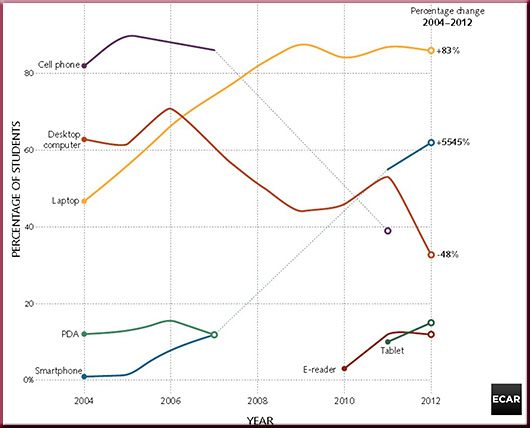
.
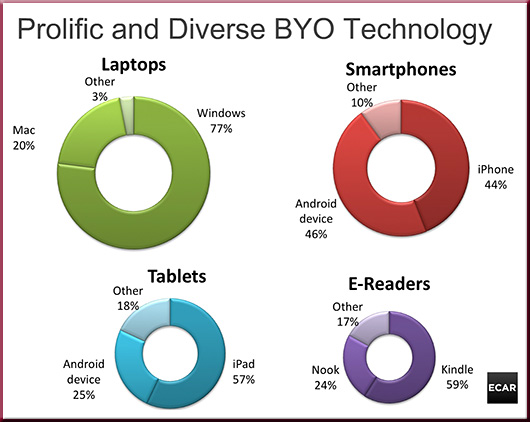
.
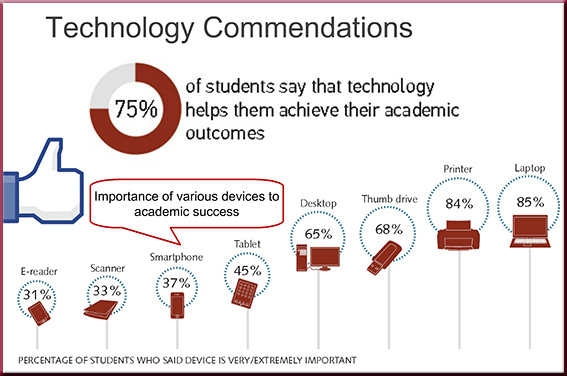
.
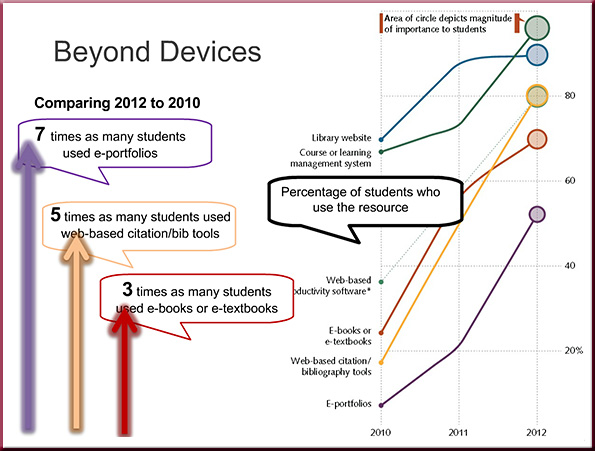
From DSC:
I also support one of the questions which, paraphrasing, asked, “Do you pulse check students’ expectations?“
Simulation beyond perspective — from noemalab.eu by Pier Luigi Capucci
The discourse of holography as a tool for imagery, art, media studies and science.
Excerpt:
Holography suggests a new visual universe within a culture where the visual simulation is the most effective communication system; and it let us reflect about the need for a more comprehensive definition of “image”. We can believe that future images will also be holographic and that we shall communicate more and more through them, in a delicate balance between presence and absence, immediacy and remoteness, present and past, materiality and immateriality, matter and energy.
Instructional Design for Simulations — from the University of Central Florida
Training and educational programs are now incorporating stand-alone and PC-based simulations and instructional (video) games to enhance human performance. The result has been a growing demand for simulation, game-based training, and instructional systems in corporate, government, and education sectors. The Graduate Certificate in Instructional Design for Simulations takes an interdisciplinary approach to prepare educators, instructional designers, human resource personnel, and training specialists in corporate, industry, and educational settings. Students will acquire the skills to successfully work with engineers, graphic artists, computer programmers, and game developers to design training and instructional systems, focusing on the pedagogical aspects of stand-alone and PC-based desktop training and educational simulations and games. To learn more, visit the Instructional Technology website at: http://education.ucf.edu/insttech.
Required Courses: 15 Total Credit Hours
Courses are available both in Web-based and mixed mode (reduced seat time) formats. This program may be completed entirely online.
EME 6613 Instructional System Design
EME 6601 Instructional Simulation Design for Training and Education
EME 6614 Instructional Game Design for Training and Education
IDS5717C Introduction to Modeling and Simulation
DIG 6432 Transmedia Story Creation
For information contact:
Atsusi Hirumi, Ph.D., Associate Professor
College of Education…
Science Simulations: A Virtual Learning Environment — from Journey in Technology by Dolores Gende
Where do I find simulations?
One of the best websites for science simulations is PhET from the University of Colorado at Boulder. Originally founded by Physics Nobel Prize laureate Carl Weiman, PhET provides fun, interactive, research-based simulations of physical phenomena for free. These simulations can be downloaded or played directly on your browser.
Teachers can access the Teacher Ideas & Activities page for teacher-submitted contributions, designed to be used in conjunction with the simulations.
These are the links to the core science courses simulations. The PhET website also contains excellent Math simulations.
IEEE Transactions on Learning Technologies TLT is a scholarly archival journal published quarterly using a delayed open access publication model.
The Web revolution, the popularity of on-line learning, and the broad availability of computers in schools, colleges, universities, workplaces and in other social settings has caused a qualitative change in the field of learning technologies. Both the variety and the complexity of e-learning tools have increased dramatically over the last 10 years. A number of new conferences emerged to provide a forum for researchers and practitioners in the field of learning technologies to discuss their work. Yet, there are very few journals, which embrace the field as a whole and provide a space to publish archival quality papers. The goal of IEEE Transactions on Learning Technologies (TLT) is to bridge this gap.TLT covers all advances in learning technologies, including but not limited to the following topics:
IEEE Transactions on Learning Technologies
The IEEE Transactions on Learning Technologies will publish archival research papers and critical survey papers. Topics within the scope include technology advances in online learning systems; intelligent tutors; educational software applications and games; simulation systems for education and training; collaborative learning tools, devices and interfaces for learning; interactive techniques for learning; tools for formative and summative assessment; ontologies for learning systems; standards and web services that support learning; authoring tools for learning materials; computer support for peer tutoring and learning via discovery or project work or field or lab work; and creation and management of learning objects. A paper must either describe original research or offer a critical review of the state of the art in a particular area. Papers concerned with evaluation of technology are only appropriate if the technology itself is novel or if significant technical insights are provided. In order to best serve the community, the TLT will be published online, using a delayed open-access policy under which paying subscribers and per-article purchasers have access to newly published content, and then 12 months after the publication of each issue, all readers will have access to the content, free of charge.
Example slides/excerpts:
.
.
.
.
One example — of several great slides — regarding the old vs. the new paradigm:
.
.
.
From DSC:
Re: one of the bullet points on the last slide — i.e. “Faculty work as part of instructional team” — here’s my take on what that team increasingly needs to look like in order to engage our students and to compete:
.
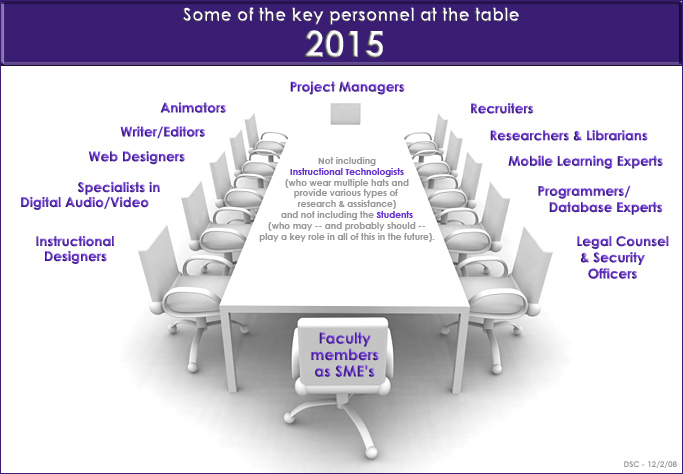
7 Ways to Spot Tomorrow’s Trends Today — from the World Future Society’s Forecasts for the Next 25 Years
In the more than 40 years since the World Future Society was founded, futurists have developed a range of techniques to study the future. Here are a few techniques futurist use to spot new opportunities and potential problems. These methods give individuals and organizations an edge to help them succeed in a fast-changing world: